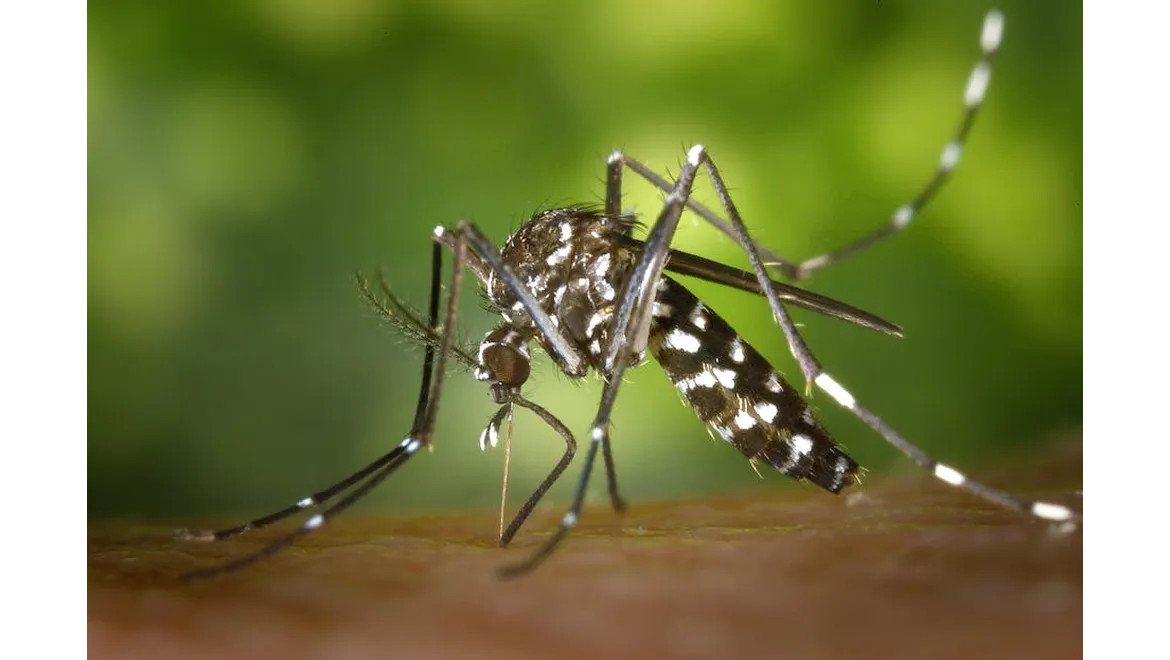Right then, let’s talk about the bane of every UK gardener’s existence: pests and diseases. We pour our hearts (and a fair amount of sweat) into our gardens, nurturing our blooms and vegetables, only to find them under attack from tiny, hungry invaders or unsightly fungal infections. It’s enough to make you want to throw your trowel in the compost heap! But don’t despair, knowledge is power, and early detection is key. Let’s get acquainted with some of the most common culprits and how to spot them before they wreak havoc.
Meet the Usual Suspects
First up, we have the infamous Aphids. These tiny green (or black, or white) critters are sap-suckers extraordinaire. You’ll find them clustered on new shoots, under leaves, and around flower buds. Look for sticky honeydew they excrete (which often attracts ants) and distorted, stunted growth. They adore roses, so keep a close eye on those beauties.
Next, the slimy duo: Slugs and Snails. We all know the tell-tale silvery trails and the gaping holes in our precious hostas and lettuces. They’re most active at night, making them tricky to catch in the act.
Then there’s Powdery Mildew, a fungal disease that looks exactly like it sounds: a white, powdery coating on leaves and stems. It thrives in humid conditions with poor air circulation, particularly affecting plants like courgettes, roses and phlox.
Black Spot, another fungal foe, primarily attacks roses. You’ll see black spots with fringed edges on the leaves, which eventually turn yellow and drop off. This weakens the plant and reduces flowering.
And let’s not forget the dreaded Vine Weevil. The adults munch on leaves, creating characteristic notches around the edges. But the real damage is done by the grubs, which feed on plant roots, often killing young plants outright, particularly potted ones like strawberries and heucheras.
Early Warning System: Spotting the Signs
The key to successful pest and disease management is early detection. Regularly inspect your plants, paying close attention to the undersides of leaves, new growth, and any unusual discolouration or distortion. Use a magnifying glass for a closer look at tiny pests.
Here’s a simple cheat sheet:
| Pest/Disease | Common Plants Affected | Signs of Infestation/Disease |
|—————-|————————–|—————————————————–|
| Aphids | Roses, Tomatoes, Brassicas | Sticky honeydew, distorted growth, visible insects |
| Slugs/Snails | Hostas, Lettuces, Dahlias | Holes in leaves, silvery trails |
| Powdery Mildew | Courgettes, Roses, Phlox | White powdery coating on leaves and stems |
| Black Spot | Roses | Black spots on leaves, yellowing leaves |
| Vine Weevil | Strawberries, Heucheras, many potted plants | Notched leaves, wilting, root damage |
Going Organic: Protecting Your Garden and the Planet
Before reaching for harsh chemicals, consider organic and environmentally friendly control methods. These are not only better for your plants and the environment but also create a healthier garden ecosystem.
- Encourage Beneficial Insects: Ladybirds, lacewings, and hoverflies are natural predators of aphids. Plant flowers that attract them, such as marigolds, calendula, and lavender.
- Handpicking: For slugs, snails, and larger pests like vine weevil adults, handpicking them off plants (especially at night) can be surprisingly effective. A head torch is your friend!
- Slug Barriers: Copper tape around pots, crushed eggshells, or coffee grounds can deter slugs and snails.
- Neem Oil: This natural oil is effective against a wide range of pests and fungal diseases. Follow the instructions carefully when applying.
- Companion Planting: Planting certain plants together can deter pests or attract beneficial insects. For example, basil repels whitefly from tomatoes, and marigolds deter nematodes.
- Improve Air Circulation: For powdery mildew, prune plants to improve air circulation and avoid overcrowding.
- Remove Infected Foliage: Promptly remove and dispose of any leaves or stems affected by diseases like black spot to prevent them from spreading.
A Healthy Garden is a Happy Garden
The best defence against pests and diseases is a healthy, thriving garden. This means providing your plants with the right growing conditions, including proper sunlight, well-drained soil, and adequate nutrients. Regular watering and mulching also help to maintain soil health and suppress weeds, which can harbour pests and diseases. Think of it as building up your garden’s immune system. A strong, robust plant is far less susceptible to problems.
Taking care of your garden is more than just a chore; it’s an investment in a beautiful, healthy space that you can enjoy for years to come. By learning to identify common pests and diseases, and implementing organic control methods, you can protect your plants and create a thriving garden ecosystem. Remember to get ahead by observing carefully and then acting quickly.


